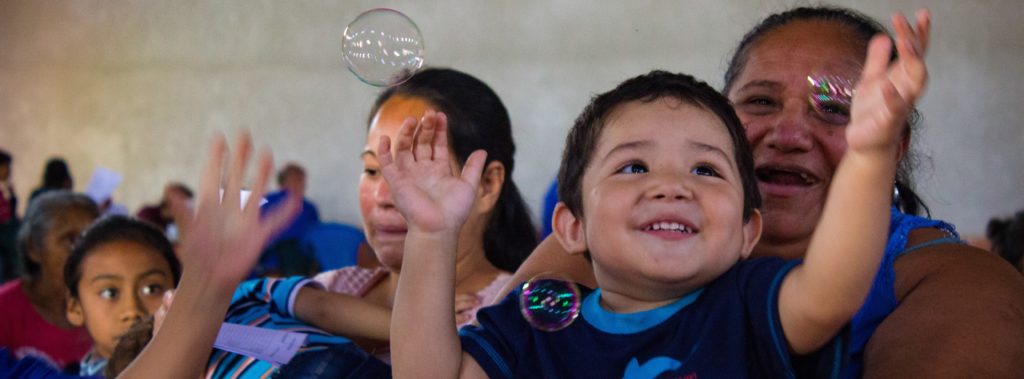11 Jul Self-led, Self-sustaining, and Self-replicating Churches
by Phil Waldron
Joel Rainey wrote an article in which he said, “It is easier to birth a baby than it is to raise the dead.” His article lists five things that must be done if a declining church is going to “turn around.” Anyone who has ever been a member of a declining church understands the difficulty in turning around a negative momentum church. Rainey’s advice is pretty good for someone in a declining church in the USA. Here in Latin America however declining churches are not so much the problem as stagnant churches. And very few of our congregations are free from dependency on US funds nor are they planting new congregations with any frequency in communities that have none currently. Trying to “renovate” or “turnaround” one of these congregations where the pattern of dependency on foreign funds has already been set is almost impossible.

Let me share with you some “for instances” that are anecdotal but fairly accurate in highlighting the problem. Typically, a US congregation will pay the salary of an evangelist or preacher that has graduated from a school of preaching. The salary that he receives comes directly to him from the US congregation. Because he is a missionary sent and paid for by the foreign church back in the US this prevents the local brethren in the congregation from having any “say so” over his work ethic, productivity, attitude, etc. The sending church back home asks that he report on the number of Bible studies per week that he is holding and how many people are baptized each year. Typically, once a year someone from the home church, who often does not speak the language or really understand the culture, will visit for a few days in order to maintain personal contact between the congregation and their national missionary.
In many, many cases these national missionaries work hard to baptize people but if you look at the attendance of their churches it does not increase appreciably from one year to the next. One should ask the question why is he reporting a substantial number of baptisms each year and yet the overall attendance in his congregation is not going up? It could be that his reporting is inaccurate. Or it could be that he is accurately reporting the data by which the home congregation is evaluating his effectiveness, i.e., he baptizes people but getting them to commit to the Lordship of Jesus in their lives is a very different conundrum.
If we are serious about preaching the Gospel to every creature and “not being willing that any should perish” we should be concerned that our traditional methods of missionary work and church planting don’t seem to be growing into any kind of a church-planting-movement. Sometimes you will hear people excuse the lack of growth in these congregations by repeating to themselves the phrase, “somos pocos pero fieles” which means, “we are few but we are faithful.” Somehow, our well intentioned efforts at planting churches here in Latin America have communicated a value that if we are faithful to the “sana doctrina” or “holy doctrine” we will never reach large numbers of the lost.
But when we look at Acts and see how the church spread like wild fire across a Godless, pagan, immoral world; we have to believe that being faithful will lead to more and more people kneeling at the Lord’s feet not just a few. Our experience is that because Latin America has a Roman Catholic cultural backdrop that teaches that baptism is for the forgiveness of sins (albeit they practice infant baptism in lieu of believer baptism) it is fairly easy to show someone from the Scriptures what they need to do in order to be saved. However, the prevailing sentiment is, “sure Jesus is Lord but what does that have to do with how I live my life during the week?”
These and other factors such as the local members taking the attitude of; “of course he should do all of the evangelizing. It’s his job. They pay him to do that. It’s not our responsibility” are barriers to a church becoming self-led, self-sustaining and self-replicating. That’s why here at Mission UpReach, even though it is a much slower process of raising up churches than the traditional form of paying a preacher with outside funds, we believe the best way to raise up a self-led, self sustaining and self-replicating church is to start with one. That means that we have to train 1,000’s of men and women who will take the Good News to their family and friends in villages where there is no church. Then our job is to help them establish themselves as a self-led, self-sustaining, self-replicating congregation by providing them with access to continuing education and equipping in order to mature them as teachers, preachers, evangelists, elders, and deacons.


No Comments